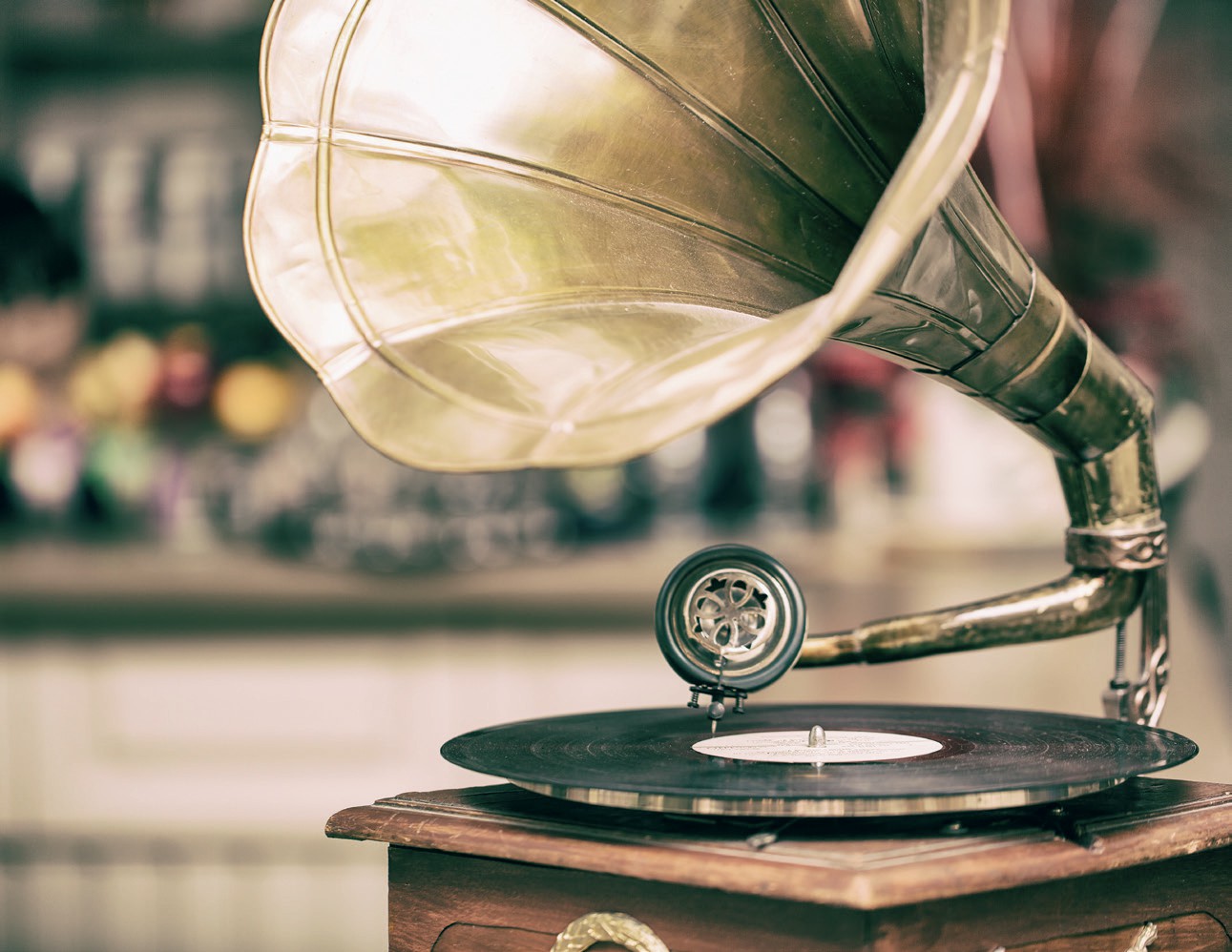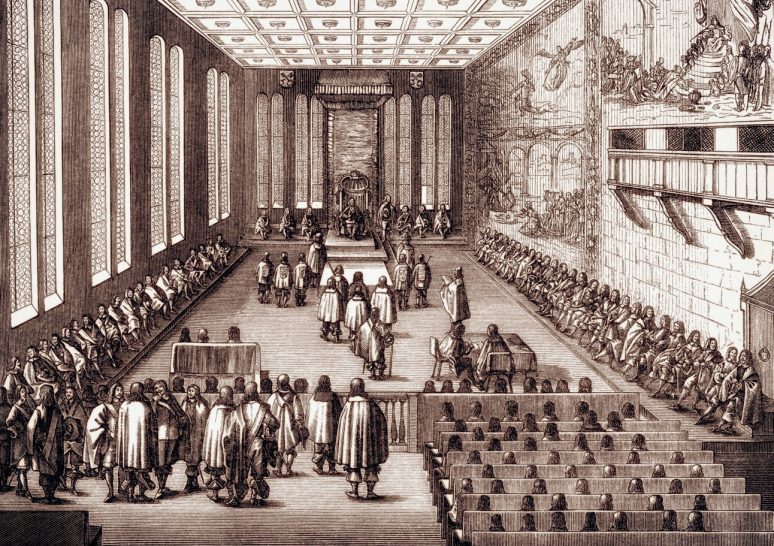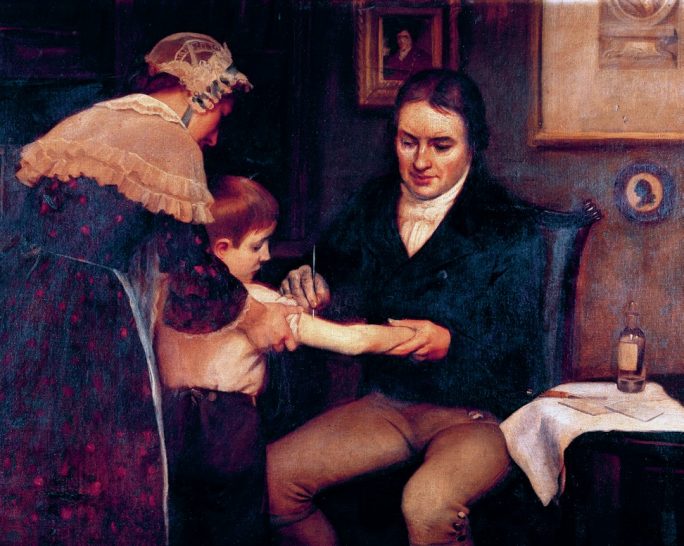
Until the second half of the nineteenth century there was no way to preserve sounds for posterity. Whether it was music or the voices of the famous, sound was always temporary, not permanent.
Inventing devices to capture sound taxed some of the greatest scientific minds of the age, including Thomas Edison (who among other things invented the motion picture camera and the light bulb), and Alexander Graham Bell (who invented the telephone). In the 1870s Edison created the phonograph, using tinfoil cylinders, while Bell’s gramophone, a few years later, used more durable wax cylinders. However, the technology remained expensive and relatively primitive.
Your organisation does not have access to this article.
Sign up today to give your students the edge they need to achieve their best grades with subject expertise
Subscribe




